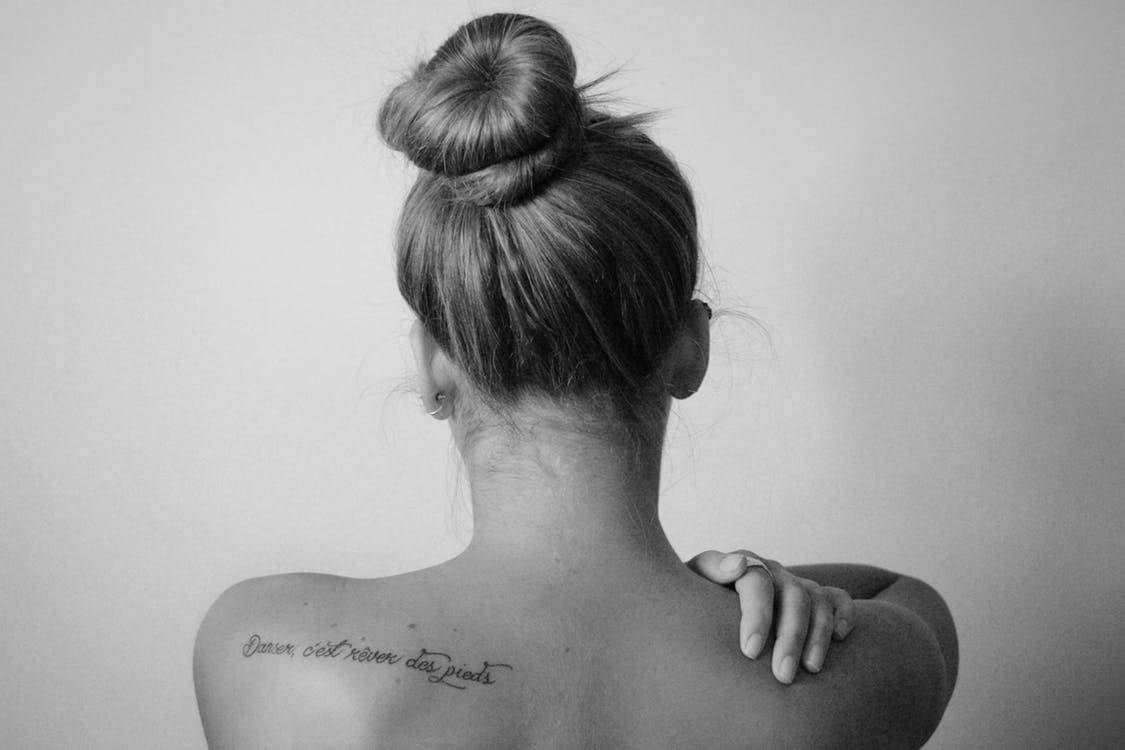Oct 25 - Oct 27, 2024
You Can Heal Childhood PTSD
Reconnect–emotionally and intimately–with your inner femininity.
View a listing of all our programs, workshops, and events—including our best-selling Happiness Retreat, Silent Meditation Retreat, and Ayurveda Wellness Cleanses.
Order a copy of our latest retreat guide and discover all the ways to relax, renew, and discover inner peace—programs, events, workshops, spa treatments, and more.
Quiet the mind and align with the present moment in our happiness, meditation, and silence programs.
You choose the dates, the activities, and Ayurveda treatments—we’ll do the rest. The perfect custom vacation!
The ancient science of Ayurveda gives us all the tools we need to live a holistic, healthy, and happy life in today’s modern world.
Guest teachers, thought leaders, authors, and experts inspire with their timely wisdom and transformative programming.

Ayurveda’s Holistic Approach to Menopausal Wellness
A 4-Week Online Retreat
Our on-demand programs are great introductions to the healing power of Ayurveda. Discover the Ayurvedic Daily Routine, overcome insomnia, and more—whenever, wherever!
Explore our campus in an interactive 360° virtual tour with guided navigation or on Google Maps.
Discover an extraordinary space for transformation and community building in the Blue Ridge Mountains.
Explore our campus in an interactive 360° virtual tour with guided navigation or on Google Maps.

When combined with panchakarma, the practice of marma can help you find a profound sense of rest and release. We recently spoke with Revathi Raghavan, Marma Chikitsa Trainer, Ayurvedic Practitioner and Art of Living retreat host, about her journey with marma, and why she thinks it’s an essential addition to your panchakarma experience.
AOLRC: Can you explain what, exactly, marma is?
R: The word marma literally means mortal, sensitive or vulnerable. The term comes from the suchi veda, a part of Ayurveda, and it said to have origins in the martial arts and used on the battlefield to defeat enemies. Another theory is that it originated from Dhanur Veda, one of the four “upavedas” along with Ayurveda, Gandharva Veda (Music) and Staapatya Veda (vastu). Warriors wore protective armor to guard their vital points. Marma points are hidden, secret and vital. Hidden because you can’t see them, they are both inside and on the surface of the body. They’re anatomically thought of to be present at the junction of muscles, ligaments, bones, joints, tendons, and nerves. They’re sort of between mind and matter – that’s why they’re hidden. These points are also full of prana, or consciousness, which is why we refer to them as vital. It was also kept secret so that it is not misused – the knowledge was guarded and passed on mainly within families or through teacher-disciple relationship.
Sometimes we hear stories of people who are in accidents, and who may not have sustained any external injuries, but they die. Often, it’s because their vital marma points have been hit. There are points that can cause death or injury. When the same points are used therapeutically they bring enormous healing benefits.
According to Gurudev Sri Sri Ravi Shankar, it is one of the most restorative therapies. The practice of Marma or Marma Chikitsa is through gentle pressure or stimulation of these vital points. This releases any stresses or blocks held in the nadis for a long time and allows for free flow of prana or energy, thereby bringing deep relaxation and rejuvenation. It is one of the most direct ways of harmonizing prana in an individual. I like to think of Marma Vidya (Science of Marma) as the grandfather of acupressure.
AOLRC: And what are the benefits of marma?
R: The practice of marma has benefits on the body, mind and spirit. On the bodily level, it brings about hydration, nourishment, hormonal balance, pain relief, balances doshas, revitalizes organs, balances digestion and elimination, relaxes muscles and is generally cleansing. On the mind level, marma strengthens, balances the gunas, helps the mind be more in the present moment, improves perception, understanding and communication. Of course it helps us clear emotions and release stresses and achieve a deep state of relaxation. It also helps clear out any fogginess thus bringing clarity.
We live in a very stimulated environment today. People are constantly engaging their senses and there is enormous pressure to be someone and achieve something. There is also a overuse and misuse of our senses and we end up spending countless hours on television, ipads, kindles, laptops, and you-name-it gadgets. Everyone has goals, naturally, but there is so much pressure, hurried movement and competition that we’ve begun to live in this “vata” aggravated environment. Marma gives us a break from all of this and helps release some of the stresses brought on by the overuse/misuse of the senses.
AOLRC: What inspired you to learn and teach marma?
R: I had a wonderful experience receiving marma in Bangalore ashram once, and I’ve been fascinated ever since. I’ve been an Ayurvedic practitioner for many years now, and during my training, I delved into many panchakarma therapies, including abhyanga, shirodhara, nasya, swedana, virechana, and bastis. But I felt like my Ayurvedic training wasn’t complete without learning about marma chikitsa. I had the opportunity to learn from Ann Revington, the director of the Sri Sri Ayurveda programs in Canada, in our Texas ashram, which is where my journey with marma began.
AOLRC: In your experience, what is the common experience that participants have with marma?
R: It’s amazing to see how marma affects people. Even just doing a few points, people go into such a deep state of rest or relaxation. It’s wonderful to see the stress and tension just melt away. People have reported and shared healing of all kinds. They are able to sleep better at night, let go of anxiety, relief from body aches/pain, rest like they have never gotten in years, also have a deep meditative experience. Marma is safe for all ages and groups of people. It is beneficial for post-shock and trauma, illnesses (including cancer), injury, surgery, anxiety, insomnia and many other conditions.
It’s important for the practitioner to be on a regular sadhana practice, so that they’re stress-free and centered themselves. Giving someone an experience of marma is a very meditative experience, and both the practitioner and the recipient tend to achieve a profound state of meditation, and a deep sense of intimacy and oneness with each other and the universe.
AOLRC: Why the Art of Living Retreat Center?
R: When I’m here, I feel home. I don’t feel like going back to my real world! Everyone takes such wonderful care of each other here. The kitchen staff, the office, event organizers, the teachers, the participants – so courteous and sincere and go out of there way to make you feel comfortable. You can tell that everyone here is very passionate about what they do. I feel so comfortable here, so welcome. And yes, of course, the food is delicious!!